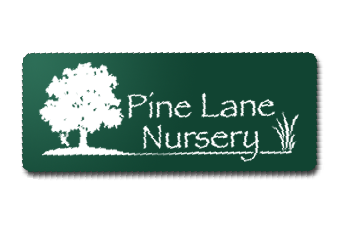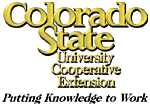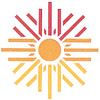Overgrown trees can be unsightly, unhealthy and even dangerous. Dead, damaged and diseased branches offer a breeding ground for insects and decay organisms as well as a safety hazard if they fall from the tree. Trimming can also strengthen the tree’s core allowing it to better withstand the elements.
We take pride in how we prune trees!
Class I Fine Pruning: recommended for premium quality work with an emphasis on aesthetic considerations, in addition to, structural integrity. Consists of remove dead, dying, diseased and broken branches 1/2” in diameter or larger within the crown.
Class II Standard Pruning: recommended for general tree maintenance where tree health and structural integrity are the primary concern. Consists of remove dead, dying, diseased, decayed and broken branches 1” in diameter or larger within the crown.
Crown Thinning: reduce density by selectively removing interfering, crossing or running branches, objectionable obstructing or weak branches, and water sprouts. The purpose of crown thinning is to reduce weight, improve structural integrity and to increase light penetration and air movement through the crown.
Class Biohazard Pruning: recommended where safety considerations are paramount. Consists of Crown Cleaning to remove dead, dying, diseased, and broken branches 2” in diameter or larger within the crown.
Crown Restoration: consists of selective pruning to improve the structure, form and appearance of trees that have sprouted vigorously after storm damage, topping or severely pruning using heading cuts. Crown restoration may require several pruning applications over a number of years to achieve the desired results.
Class IV Pruning: Crown reduction reduces the height and/or spread of a tree. This practice is undertaken where there has been significant crown dieback or in cases where, due to storm damage or prior incorrect pruning it is appropriate for safety or aesthetic reasons.
This technique is not the same as the unacceptable practice of “topping” which endangers the health and structural integrity of the tree.
Crown reduction can apply to the whole canopy or to individual limbs as needed. It is recommended where the top or sides of individual limbs are reduced in size and spread or the parent limb or dominant leader is removed at the point of attachment of a lateral branch. This practice is sometimes referred to as “Cutting Back” or “Drop Crotch Pruning.”
Knowing how and when to trim your trees can be a tricky endeavor, so it’s generally best to have your trees properly assessed by a qualified professional. Our Arborists are highly trained to trim your trees for beauty, safety and health! Click below to request an estimate on your trees.





